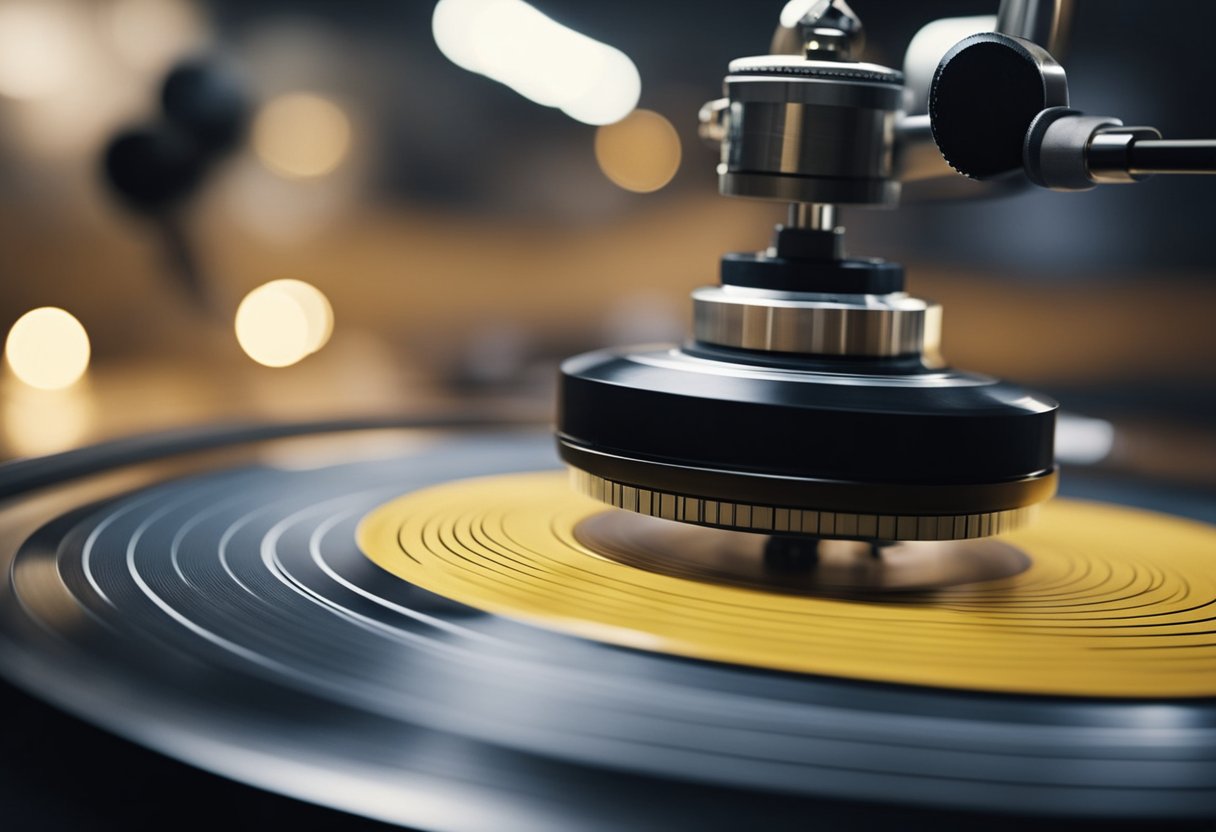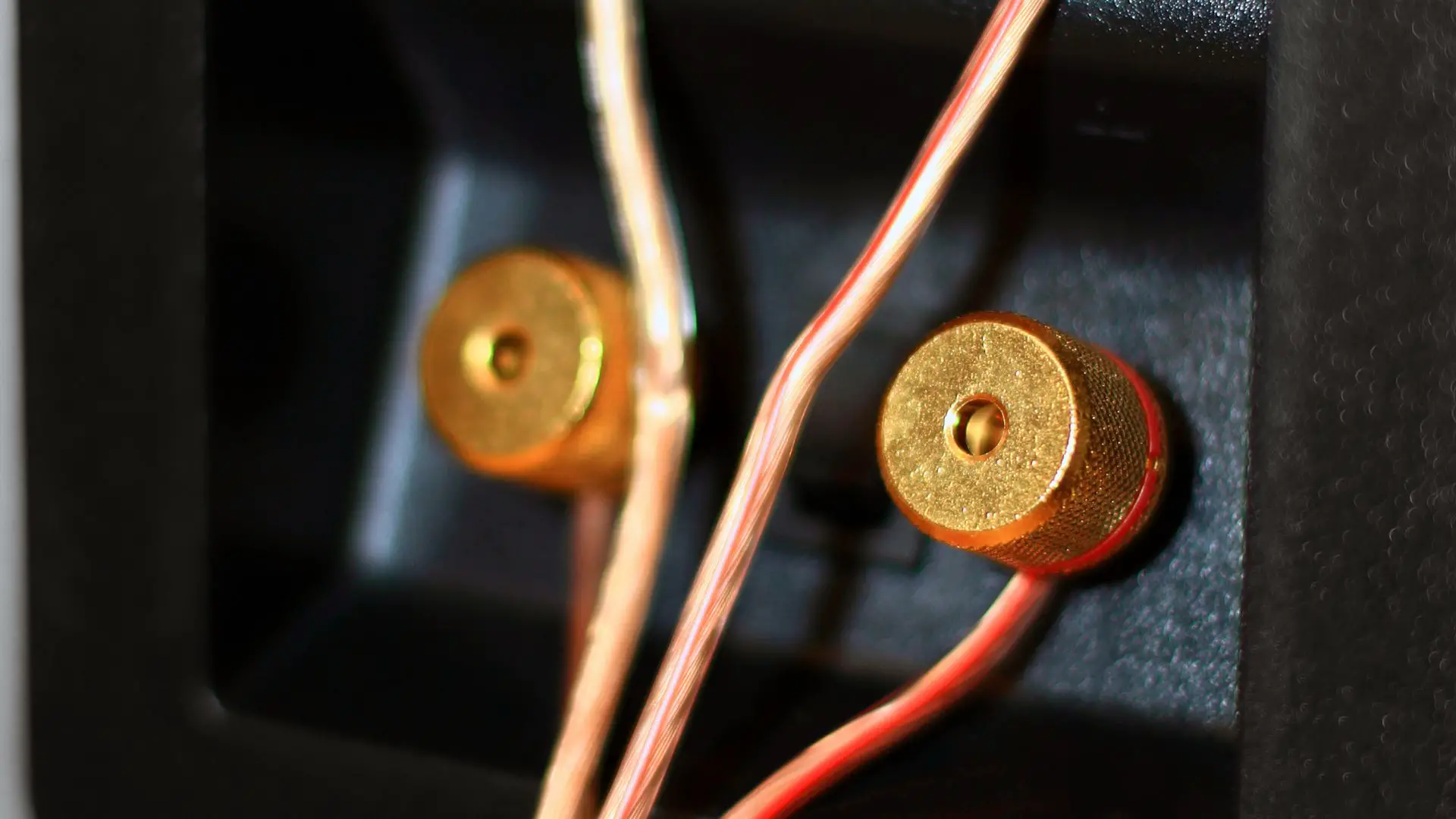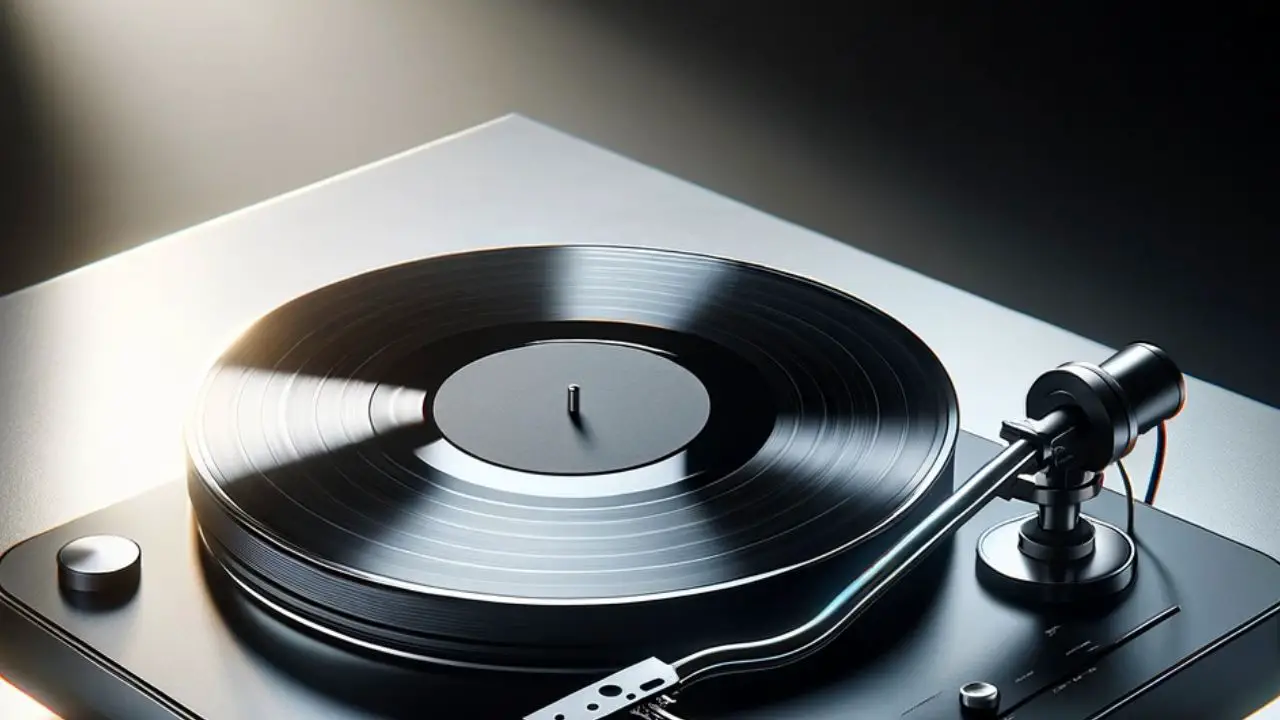If you’re interested in recording on vinyl, there are a few things you should know. First, it’s important to understand that vinyl recording is a physical process. Unlike digital recording, which captures sound as a series of 0s and 1s, vinyl recording requires a physical groove to be cut into a vinyl disc.
To record on vinyl, you’ll need the following:
The process begins by playing the master recording through the lathe, which cuts a groove into the blank disc. The depth and width of the groove determine the volume and quality of the sound.
It’s important to note that vinyl recording has some limitations compared to digital recording. For example, vinyl discs can only hold a certain amount of music, and the quality of the sound can degrade over time with repeated plays. Additionally, the physical nature of vinyl means that it’s more susceptible to damage from scratches and other wear and tear.
Despite these limitations, many artists still prefer the sound and feel of vinyl recordings. Vinyl can add warmth and depth to music that digital recordings simply can’t match. Plus, there’s something special about holding a physical record in your hands and seeing the grooves that represent the music.
Table of Contents
Understanding the Recording Process
If you’re wondering whether you can record on vinyl, the answer is yes! The process is a more involved than simply pressing record. Lets explore the steps involved in recording on vinyl.
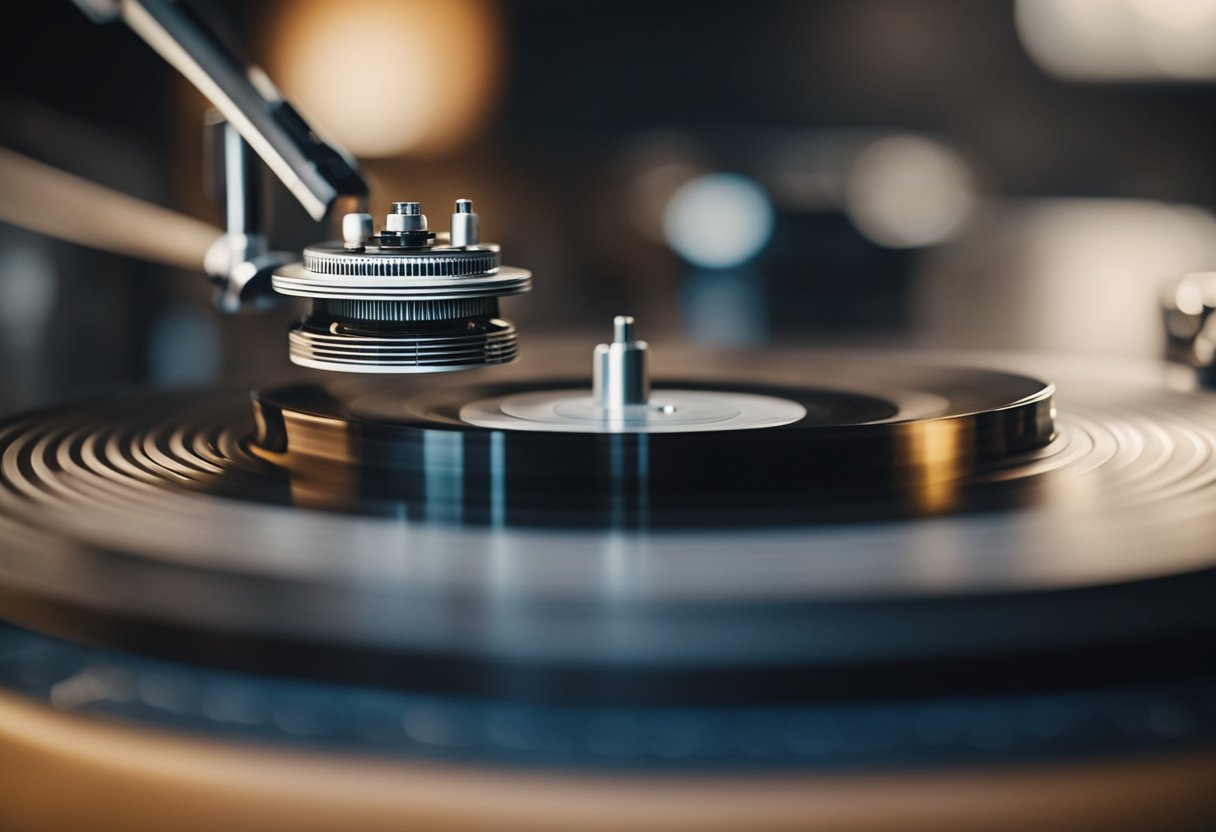
The Role of the Cutting Lathe
The first step in the process is cutting the music onto a lacquer disc using a cutting lathe. The cutting lathe is a machine that etches the sound waves onto the lacquer disc using a sharp cutting stylus.
The disc spins at a constant speed while the cutting stylus moves back and forth, cutting the grooves into the surface of the disc. The cutting stylus can be controlled by a computer that translates the digital audio file into physical grooves on the disc.
It’s important to note that the cutting lathe is a delicate instrument that requires a skilled operator to use. The operator must carefully adjust the cutting stylus to ensure that the grooves are cut to the correct depth and that the spacing between the grooves is consistent. Any mistakes made during the cutting process can result in a flawed recording.
Mastering for Vinyl
Before you can begin the recording process, you’ll need to prepare your audio files for vinyl. This involves a process called mastering, which is the final step in the production process before the music is cut onto the lacquer disc.
During mastering, an audio engineer will adjust the levels of the various tracks to ensure that they are balanced and that the overall sound is cohesive. They will also apply any necessary equalization to the tracks to ensure that they sound good on vinyl. This is because vinyl has certain limitations when it comes to the frequencies it can reproduce, so the audio engineer must take this into account when mastering for vinyl.
Once the audio has been mastered for vinyl, it’s ready to be cut onto the lacquer disc using the cutting lathe. The lacquer disc will then be used to create a metal master, which will be used to press the vinyl records.
The Art of Live Direct-to-Vinyl Recording
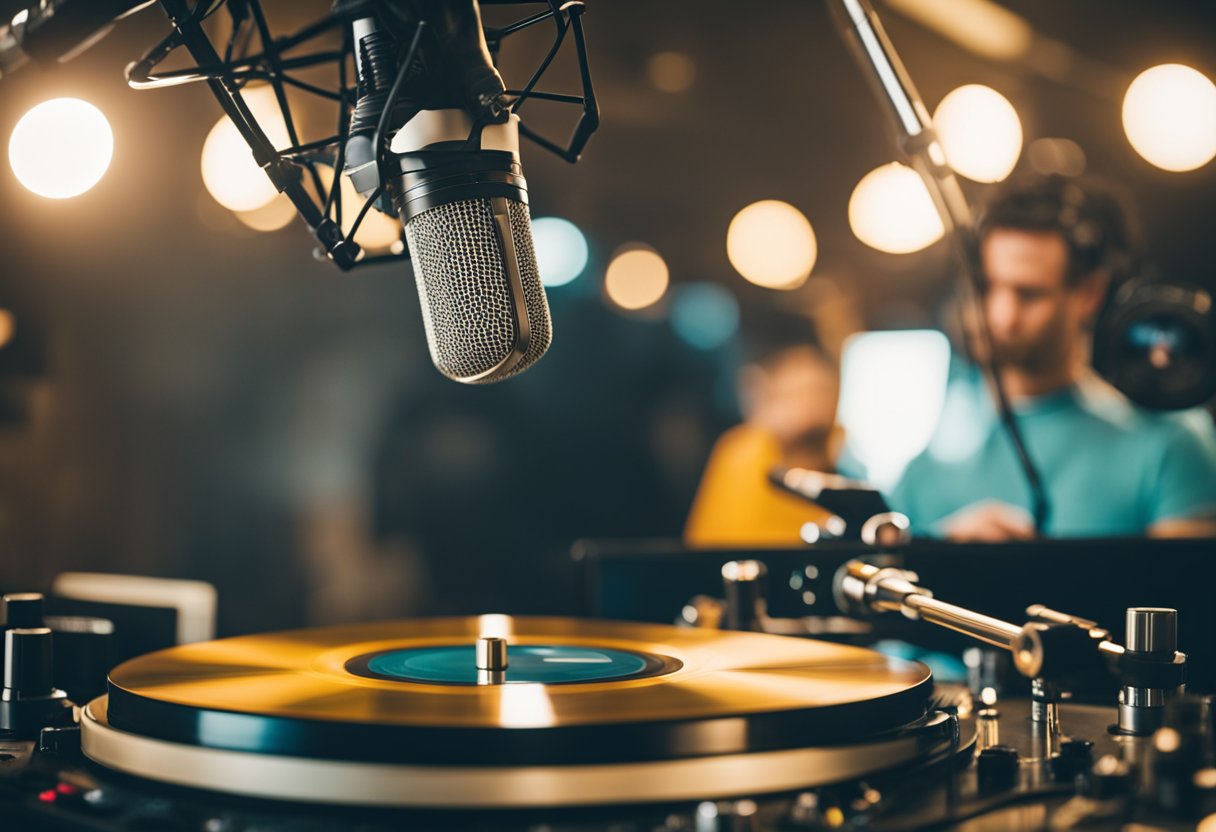
Direct-to-vinyl recording, also known as live-to-vinyl or direct-to-disc, is a process of recording music directly onto a vinyl record without any post-production editing. This method was commonly used in the early days of recording, but it has seen a resurgence in recent years due to its unique sound and the resurgence of vinyl records.
The process involves setting up a recording studio with a live band or artist, a mixing console, and a lathe. The lathe is a machine that cuts the music directly onto the vinyl record in real-time. This means that any mistakes made during the recording process cannot be edited out, making each recording unique.
The direct-to-vinyl recording process requires a lot of skill and preparation. The band or artist must be well-rehearsed and able to play the entire set flawlessly from start to finish. The mixing engineer must also be skilled in balancing the levels of each instrument and vocal to ensure a high-quality recording.
One of the benefits of direct-to-vinyl recording is that it captures the energy and spontaneity of a live performance. It also provides a unique listening experience for the listener, as each recording is one-of-a-kind and cannot be replicated.
However, direct-to-vinyl recording also has its limitations. The recording quality may not be as high as a studio recording, and any mistakes made during the recording process cannot be corrected. It is also a time-consuming and expensive process, as each recording must be cut in real-time and any mistakes made during the recording process can result in wasted vinyl.
Challenges in Vinyl Recording
Vinyl recording has been around for over a century and has been the primary medium for music distribution for decades. However, it is not without its challenges. In this section, we will discuss some of the limitations and considerations that come with vinyl recording.
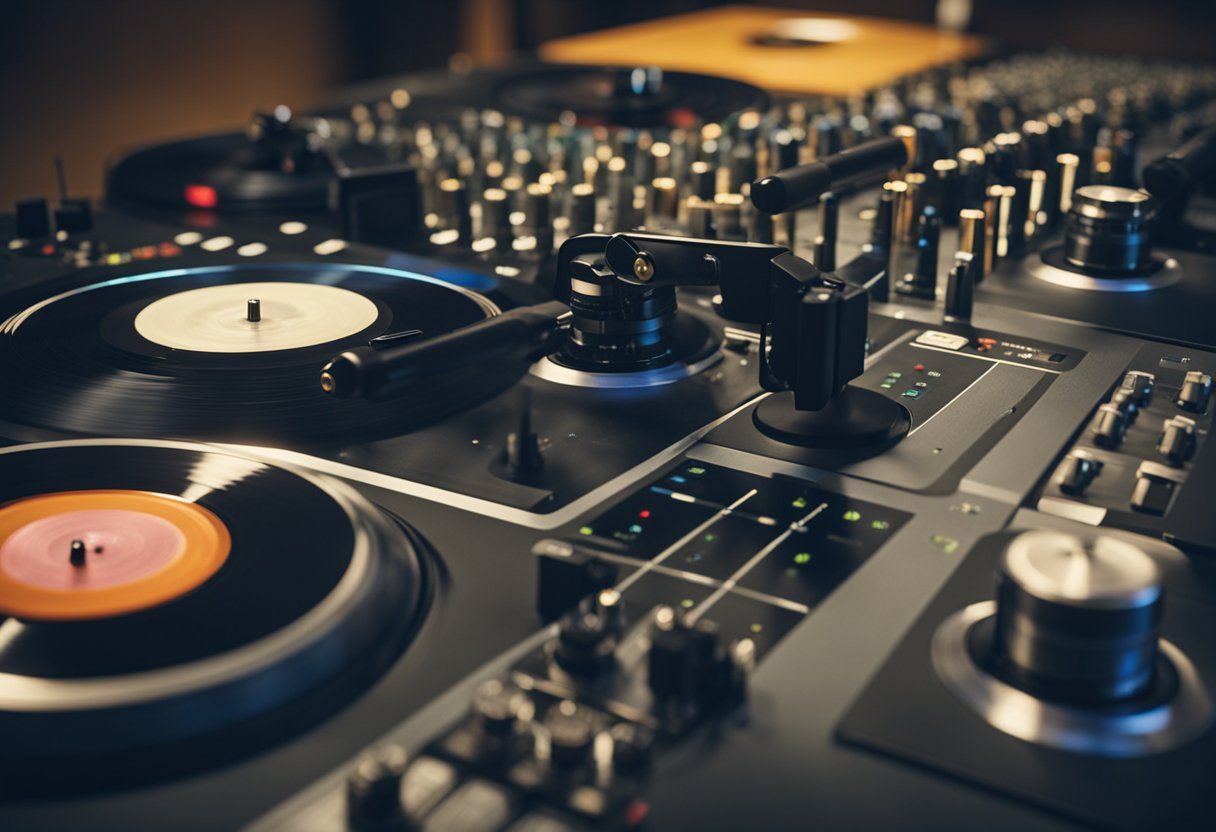
Limitations of Frequency Response
Vinyl records have a limited frequency response compared to digital recordings. This is because the grooves on a vinyl record are physical representations of the sound waves, and the finer the groove, the higher the frequency that can be recorded. However, the finer the groove, the more susceptible it is to damage and wear, which can result in a loss of high-frequency information. As a result, vinyl records typically have a limited frequency response of around 20Hz to 20kHz.
Groove Considerations
Vinyl records are susceptible to surface noise, which can be caused by dust, scratches, and other imperfections on the surface of the record. This noise can be particularly noticeable during quiet passages in the music. Additionally, the width of the groove on a vinyl record can affect the quality of the recording. Narrower grooves can result in a higher signal-to-noise ratio, but they are also more susceptible to distortion and wear.
To mitigate these issues, vinyl mastering engineers often use a process called dynamic range compression, which reduces the difference between the loudest and quietest parts of the recording. This can help prevent distortion and surface noise from being too noticeable.
The Resurgence of Vinyl
Vinyl records have made a remarkable comeback in recent years. In fact, vinyl sales have been steadily increasing since 2006, with 2021 seeing a 94% increase in vinyl sales compared to the previous year. This resurgence of vinyl has been fueled by a number of factors, including nostalgia, sound quality, and the tactile experience of handling physical media.
One of the main reasons for the resurgence of vinyl is nostalgia. Many music lovers associate vinyl records with a bygone era, and collecting vinyl has become a popular hobby for those looking to relive the past. Vinyl records also offer a unique listening experience that is hard to replicate with digital media. The sound quality of vinyl is often described as warmer and more natural than digital music, and the physical act of handling a vinyl record can be a satisfying ritual for music enthusiasts.
Another reason for the resurgence of vinyl is the tactile experience of handling physical media. Unlike digital music, vinyl records require a physical interaction, from selecting the record to lowering the needle. This ritualistic aspect of vinyl listening can be meditative and calming in an era of constant digital distractions.
Vinyl records have also become a popular way for artists to release their music. Many musicians are choosing to release their albums on vinyl, often with unique packaging and artwork. Vinyl records have become a collectible item, with limited edition releases and colored vinyl becoming highly sought after by fans..
The Future of Vinyl Recording
While vinyl records have been around for over a century, the future of vinyl recording is still uncertain. However, there are a few trends and developments that suggest that vinyl recording will continue to be a viable option for musicians and audiophiles alike.
One factor that bodes well for the future of vinyl recording is the resurgence of vinyl sales in recent years. According to Nielsen, vinyl record sales in the US have increased steadily since 2005, with a 9% increase in 2017 alone. This trend is also reflected in the UK, where vinyl sales have increased by 26.8% in the same year. This renewed interest in vinyl is driven by a combination of factors, including nostalgia, the desire for a physical, tangible product, and the superior sound quality that vinyl records offer.
Another factor that suggests a bright future for vinyl recording is the development of new technologies that make it easier and more affordable to produce vinyl records. For example, new record pressing machines have been developed that are faster and more efficient than older models, which makes it easier for independent musicians and labels to produce their own vinyl records. Additionally, new technologies like laser cutting and 3D printing are making it possible to create custom vinyl records in small batches, which could open up new possibilities for niche markets and experimental music.
Finally, the rise of streaming services like Spotify and Apple Music may actually be helping to fuel the resurgence of vinyl. While streaming dominates the music industry, many music fans are turning to vinyl as a way to connect more deeply with their favorite artists and albums. Vinyl records offer a tactile and immersive experience that cannot be replicated by digital music, and many fans are willing to pay a premium for that experience.

